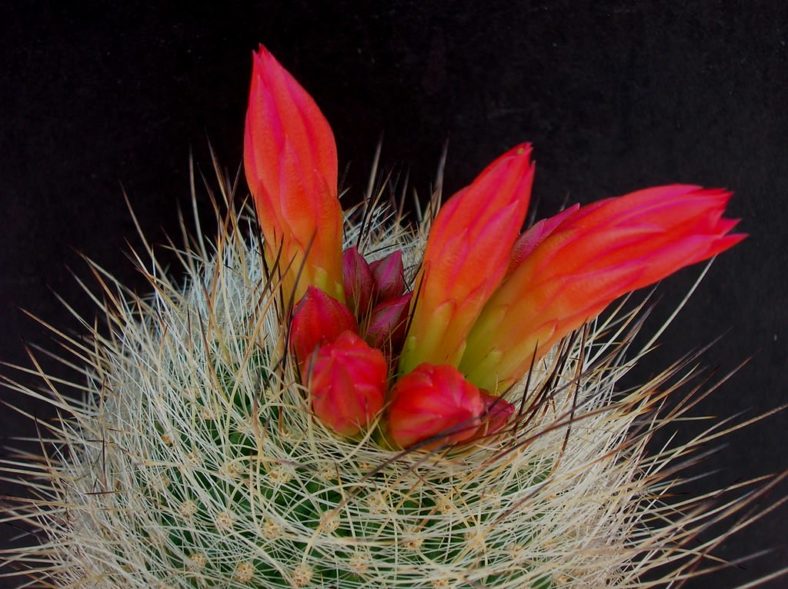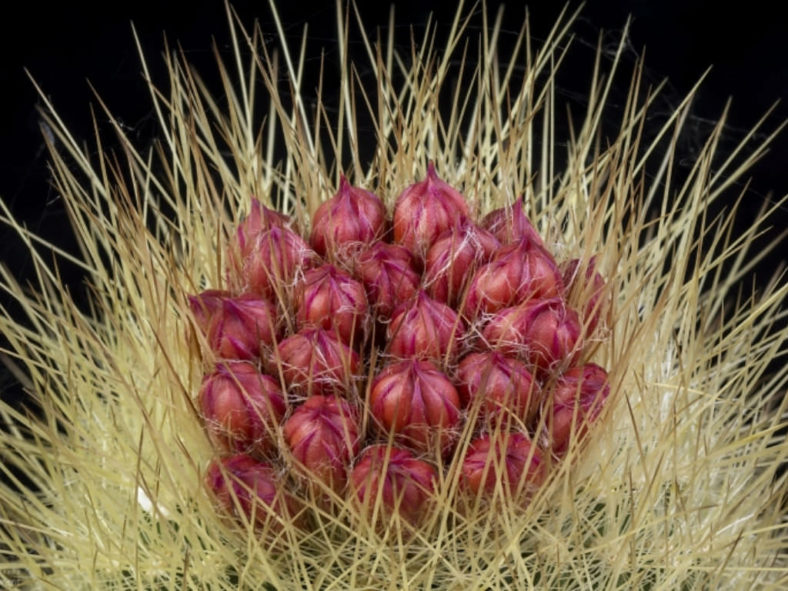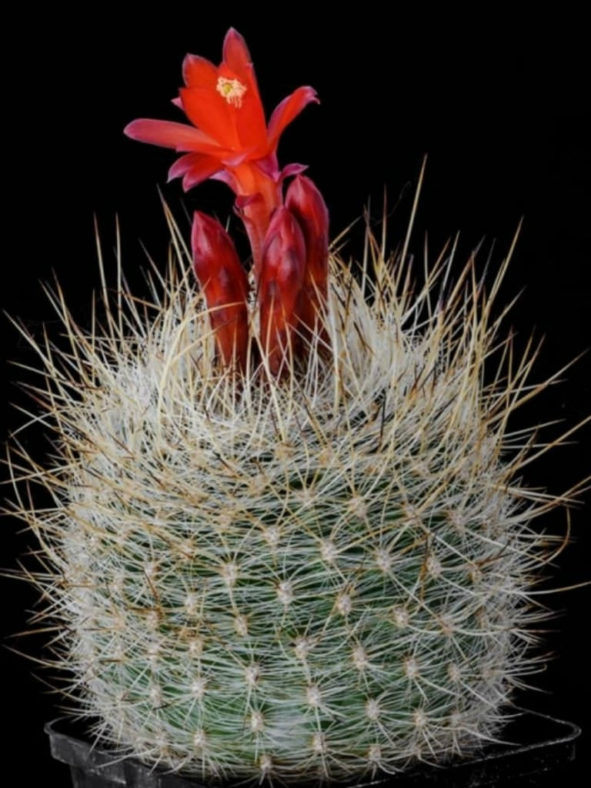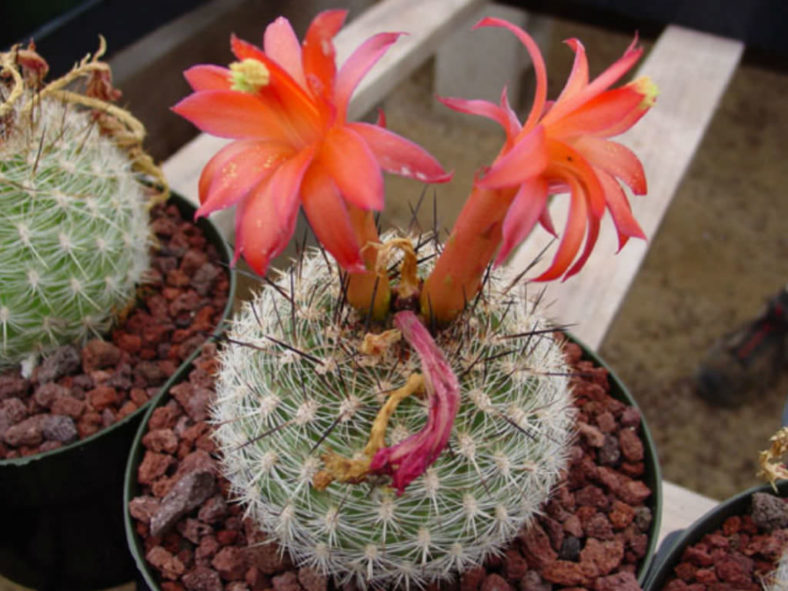Scientific Name
Matucana haynii (Otto ex Salm-Dyck) Britton & Rose
Synonym(s)
Arequipa haynii, Borzicactus haynii, Cereus haynii, Echinocactus haynii, Echinopsis haynii, Mammillaria haynii, Matucana haynii subsp. haynii
Scientific Classification
Family: Cactaceae
Subfamily: Cactoideae
Tribe: Trichocereeae
Genus: Matucana
Etymology
The specific epithet "haynii (pronounced HAY-nee-eye)" honors J. N. Hayn (fl.1844–1861), a German plant collector and colleague of Carl August Ehrenberg. It is usually spelled "haynei," which suggests it was named after Friedrich Gottlob Hayne. However, Roy Mottram discovered a footnote in the publication of Echinocactus haynii Otto ex Salm-Dyck (1850) that clarifies it was indeed named for J. N. Hayn.
Origin
Matucana haynii is native to Peru.
Description
Matucana haynii, also known as Matucana haynei, is a small cactus with a green, spherical, usually solitary stem with tuberculate ribs and densely covered with numerous spines. The stem can grow up to 12 inches (30 cm) in diameter. Each areole bears 1 to 20 central spines measuring up to 2.8 inches (7 cm) long and 14 to 45 radial spines measuring up to 1.6 inches (4 cm) long. They vary in color, ranging from white and pale brown to grey.
The tubular, scarlet-red flowers appear in spring. They can reach a length of 3.6 inches (9 cm) and a diameter of 1.6 inches (4 cm). The fruits are small, spherical to club-shaped, and reddish-green.

Hardiness
USDA hardiness zones 9b to 11b: from 25 °F (−3.9 °C) to 50 °F (+10 °C).
How to Grow and Care
All species are sensitive to moisture. Therefore, watering should be limited to the growing season when the substrate is completely dry. It must be suspended during the winter. Since they tend to lose their roots in cold and wet, these plants must be kept warm even in winter. A temperature not under 50 °F (10 °C) is suitable. Some species, for natural adaptation, can resist temperatures below 32°F (0°C).
The growth is fast if the plants are in the vegetative stage and optimal environmental conditions (a low moisture content with substantial temperature swing between day and night is appreciated). You can get blooms already after 2 to 3 years after birth.
Matucana must be grown in porous, draining soil composed mainly of sand, lapilli, and gravel. The quality of the nutrients in the substrate is essential to encourage the development of a dense spine network. The soil must be rich in potassium and poor in nitrogen. Since the roots are very delicate and subject to rot, the soil should be kept as dry as possible. Do not forget that these plants grow in steep and inaccessible places in their natural environment.
Learn more at How to Grow and Care for Matucana.
Links
- Back to genus Matucana
- Succupedia: Browse succulents by Scientific Name, Common Name, Genus, Family, USDA Hardiness Zone, Origin, or cacti by Genus
Photo Gallery
Click on a photo to see a larger version.


